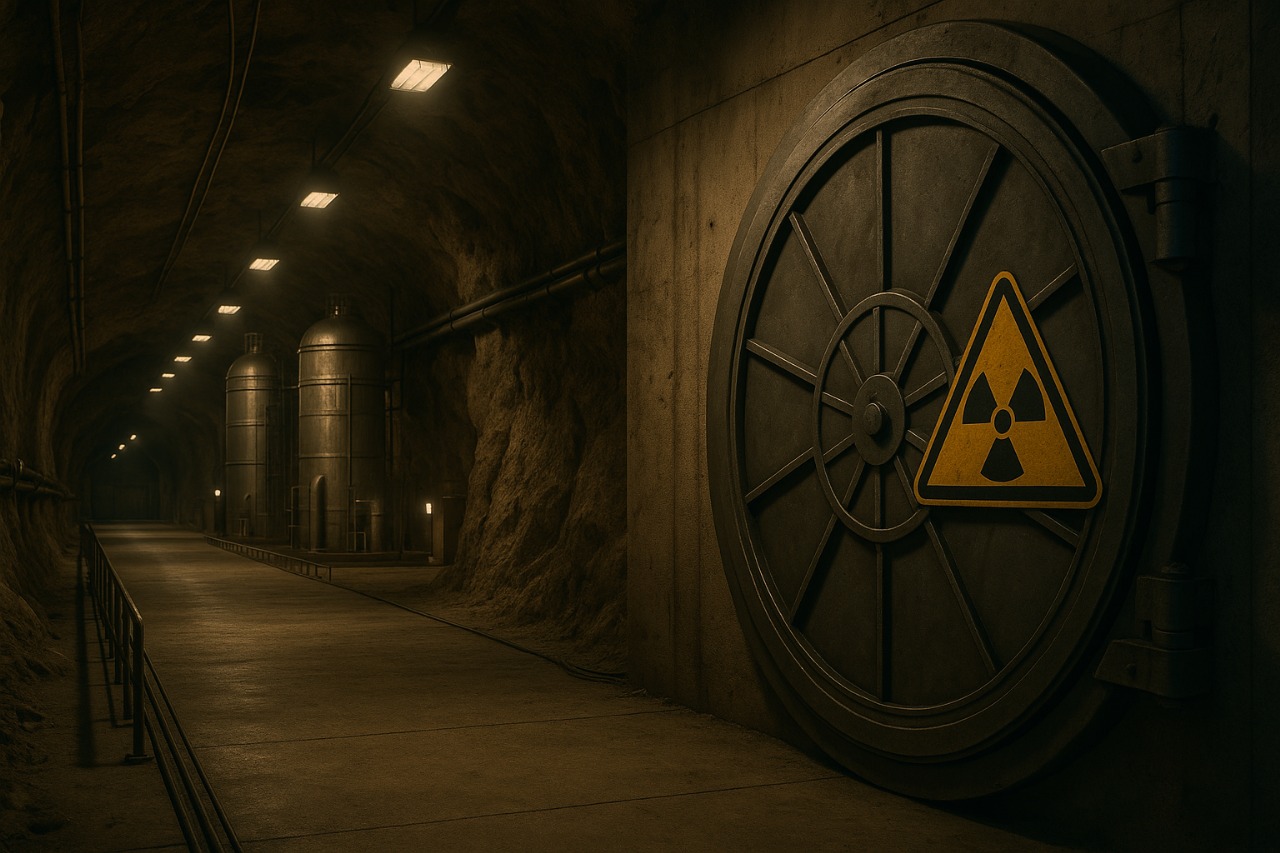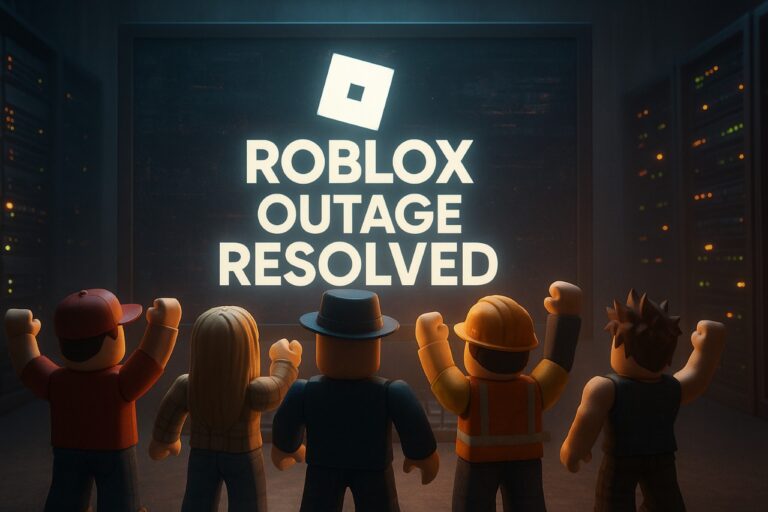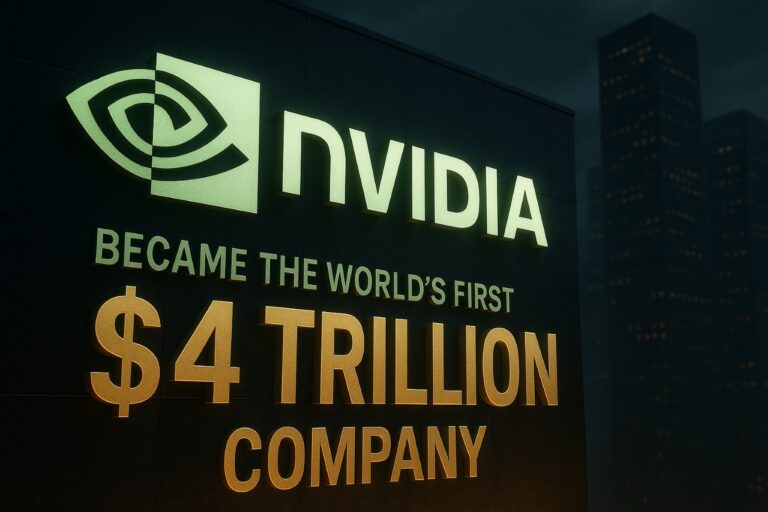Inside Fordo: What Makes Iran’s Nuclear Site Nearly Untouchable?
Why Fordo Nuclear Site Is Suddenly in the Spotlight
The Fordo Fuel Enrichment Plant, also known simply as Fordo, is one of Iran’s most mysterious and fortified nuclear facilities. Tucked away beneath a mountain near the holy city of Qom, this underground complex has once again captured global attention. With rising tensions in the Middle East and ongoing nuclear negotiations hanging by a thread, understanding what Fordo is, why it matters, and how secure it really is has become a topic of major international concern.
Fordo isn’t just another facility—it’s a statement. Built during times of heightened geopolitical pressure, it was designed to withstand even the most powerful military strikes, including bunker-busting bombs. So, what exactly is happening at Fordo, and why are intelligence agencies across the globe watching it more closely than ever?
What Is the Fordo Nuclear Site?
Fordo is a uranium enrichment facility built deep into the mountains of northern Iran, near the city of Qom. It was kept secret from international watchdogs until 2009, when its existence was publicly revealed by Western intelligence.
Originally constructed as a backup site for uranium enrichment, Fordo is believed to house over 1,000 centrifuges, machines used to enrich uranium to levels required for civilian energy—and potentially for nuclear weapons if enrichment exceeds 90%.
Unlike Iran’s better-known Natanz facility, Fordo’s major distinguishing factor is its location inside a hardened underground bunker, which makes it far more difficult to destroy in a potential airstrike.
Why Is Fordo Considered ‘Iran’s Best-Protected Nuclear Site’?
Fordo is not just protected—it’s practically impregnable by conventional warfare standards. Here’s what makes it uniquely secure:
- Built under 80 to 90 meters of rock and reinforced concrete
- Surrounded by air defense systems
- Highly compartmentalized layout to contain damage in case of internal sabotage
- Located in a remote, mountainous region, away from civilian areas
These features make Fordo a nightmare scenario for military planners. Even the most advanced bunker-busting munitions may not be able to penetrate deep enough to neutralize it.
What Kind of Nuclear Activities Happen at Fordo?
Initially, Fordo was used for low-level uranium enrichment (up to 3.5%), well within the limits of the 2015 Joint Comprehensive Plan of Action (JCPOA), also known as the Iran Nuclear Deal. However, since the U.S. withdrawal from the agreement in 2018, Iran has resumed higher enrichment levels.
As of 2025, reports suggest that Fordo is enriching uranium up to 60% purity—which is only a short technical leap away from the 90% needed for weapons-grade material. This activity has triggered alarms in Western capitals and has prompted discussions of renewed sanctions or even military options.
Why the World Is Watching Fordo in 2025
There are three main reasons why Fordo is once again making headlines in 2025:
- Iran’s Accelerated Enrichment Program: Satellite imagery and IAEA reports hint at expanding capabilities and increasing stockpiles of enriched uranium.
- Nuclear Diplomacy at a Standstill: Ongoing talks to revive the JCPOA have stalled, and Iran is demanding greater concessions.
- Regional Tensions Rising: With Israel and the U.S. warning of red lines, Fordo remains at the center of military and political strategy.
Is Fordo Designed for Civilian or Military Use?
Iran continues to assert that its nuclear program is peaceful and meant solely for energy production and medical purposes. However, the Fordo site’s hardened design and hidden history have led many in the international community to question its true intentions.
If Iran decides to “break out” and rush toward a nuclear weapon, many analysts believe that Fordo would be the ideal location to do so due to its security and isolation.
How Does Fordo Affect Global Nuclear Policy?
Fordo is not just a facility—it’s a geopolitical lever. Its existence gives Iran bargaining power in nuclear talks, since dismantling or freezing operations at such a hardened site would require major diplomatic or economic concessions from Western powers.
In essence, Fordo strengthens Iran’s position by acting as a deterrent and as a symbol of national resilience. For international observers, it complicates diplomacy and increases the urgency of negotiated solutions before military options are seriously considered.
Conclusion: Fordo Remains a High-Stakes Puzzle
Fordo is a perfect example of how technology, security, and politics intersect in the world of nuclear strategy. Its mere presence alters calculations, both militarily and diplomatically. As the nuclear timeline shortens and regional instability grows, the world cannot afford to look away.
Whether Fordo becomes a stepping stone toward peace or a flashpoint for conflict depends on decisions made in Tehran, Washington, and beyond in the coming months.







